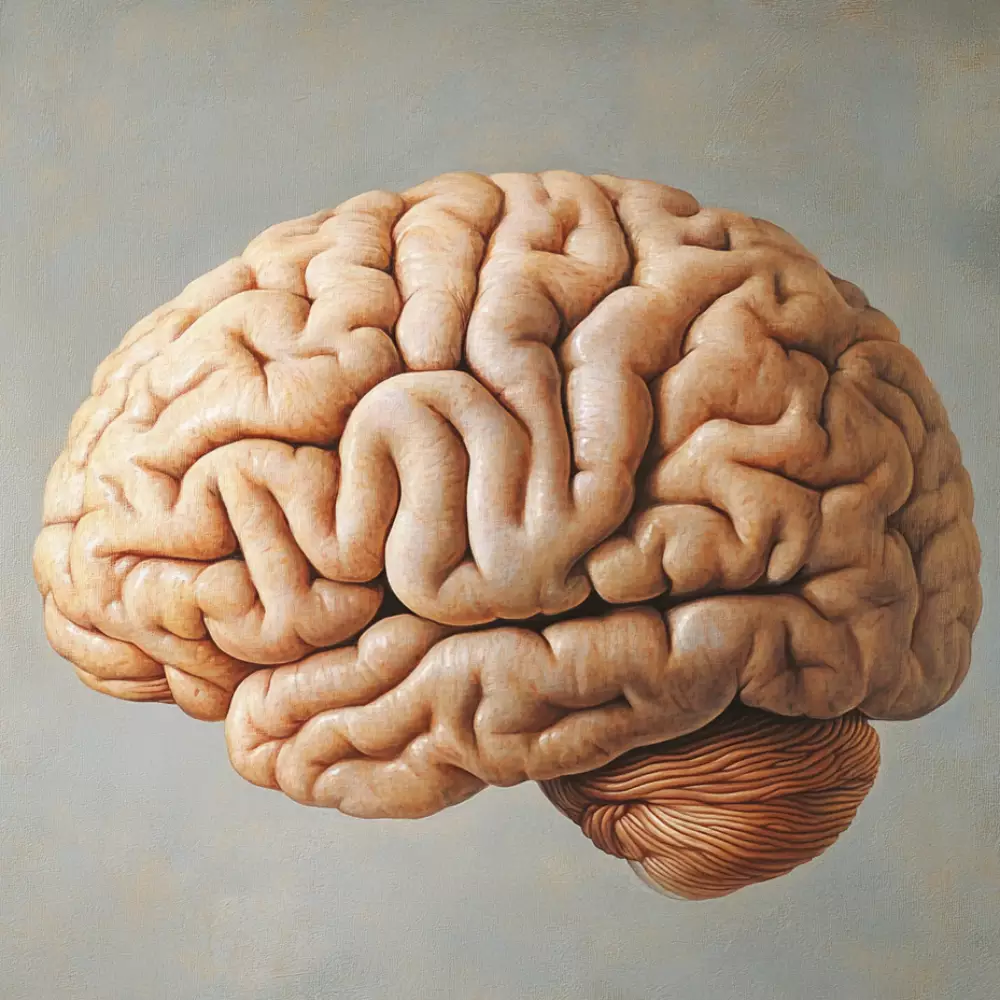Stroke - 2025
A stroke is an acute brain disease caused by a disruption of the blood supply - either ischemic (blockage of a blood vessel) or hemorrhagic (bleeding). Major risk factors include high blood pressure, diabetes, smoking and heart disease. Typical symptoms include sudden weakness, speech impairment and loss of balance. Early medical attention is crucial. In the algorithm, the solver will learn to differentiate types of CMP, learn to respond to warning signs and decide on further action in the acute phase. This provides a clear framework for the first steps in the diagnosis and treatment of this life-threatening condition.
Review
The algorithm represents high-quality educational material that reflects current trends in the management of cerebrovascular diseases. Its implementation into clinical practice would undoubtedly contribute to the standardization of procedures in accordance with evidence-based medicine and potentially improve treatment outcomes for patients with stroke.
Particularly valuable is the emphasis placed on interdisciplinary collaboration (neurologist, radiologist, neurosurgeon), optimization of time parameters, and individualization of treatment based on the patient's clinical condition and comorbidities.
From a cerebrovascular perspective, the algorithm covers both ischemic and hemorrhagic events in a balanced manner, while remaining understandable even for less experienced clinicians, without resorting to unacceptable simplifications.
Sources
JURÁK L, BENEŠ M, DIENELT J, SUCHOMEL P. Coincidence of ischemic stroke and acute myocardial infarction – two case studies. Neurol. praxi. 2022;23(3):252-256.
TOMEK, Aleš. Neurointensive care. 2nd revised and expanded edition. Prague: Mladá fronta, 2014. 498 pp. Postgraduate Medicine Series.
RŮŽIČKA, Evžen. Neurology. 1st edition. Prague: Stanislav Juhaňák - Triton, 2019. xxxix, 541 pp.
Learning targets
2. The student will learn to apply the correct procedures in stroke treatment, will be able to assess whether a patient is suitable for intravenous thrombolysis, and will learn to effectively manage blood pressure to minimize the risk of complications during the acute phase.
3. The student will be able to design a therapeutic plan of care for patients after stroke that includes the prevention of recurrent vascular events and long-term pharmacotherapy.
Key points
2. Before tenecteplase administration in ischemic stroke, BP must be reduced below 185/110 mmHg. For ICH, lower systolic BP below 140 mmHg quickly and maintain 130–150 mmHg.
3. In patients with atrial fibrillation on direct anticoagulants undergoing low-risk procedures (e.g., extraction of 1–3 teeth), therapy is minimally interrupted – the morning dose is skipped on the day of the procedure.





